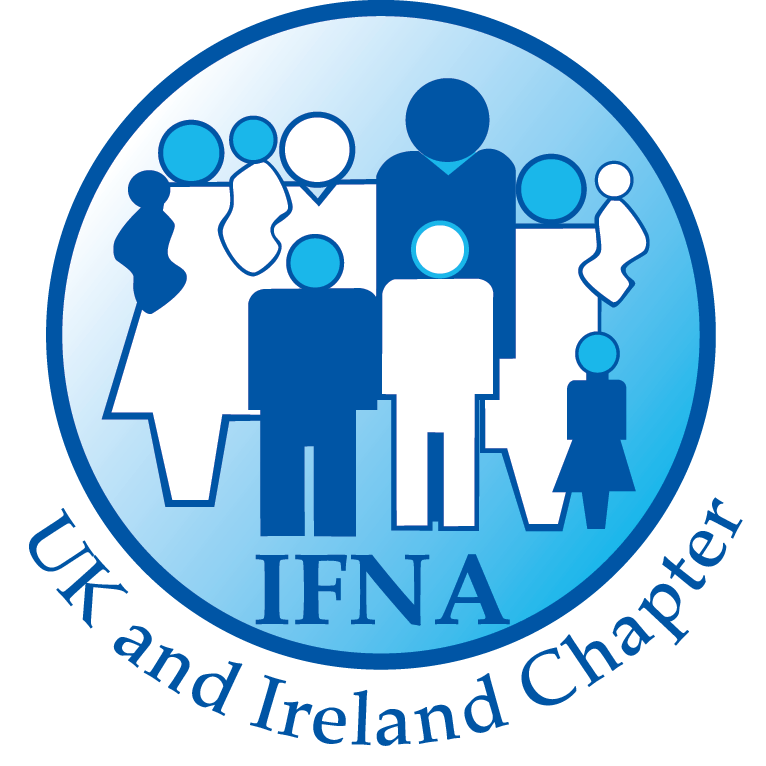Genotypes
Did you know that a couple who are both carriers of the sickle haemoglobin (Hb) gene (HbAS) carry a 25% chance of having a baby with Sickle Cell Disorder (SCD)? These chances are the same with every pregnancy they have together. Your genotype is the set of genes that determines whether you have SCD, are a carrier, or have normal haemoglobins. Pre-conceptual screening is therefore recommended for informed choices to be made regarding future reproductive decisions.
I have counselled many couples who initially received a result that indicated they had normal haemoglobins (HbAA), however, had a baby who was tested to have SCD. How was this possible? Unfortunately, some laboratories outside the UK and Ireland do not have the accreditation or the right equipment to run haemoglobin electrophoresis tests and therefore report false results. To avoid such a situation, re-screening and genetic counselling is highly recommended if initial tests were completed abroad.
Compatibility, love, and choices
There are various types of abnormal haemoglobins that could be inherited. When inherited in combination with sickle haemoglobin, this could result in a type of SCD. For example:
| GENOTYPE | RISK | OCCURRENCE |
| HbAS+HbAbeta (zero/plus) | 25% chance of HbSBeta (zero/plus) | Common |
| HbAS+HbAC | 25% chance of HbSC | Common |
| HbAS+HbAS | 25% chance of HbSS | Common |
| HbAS+HbAD | 25% chance of HbSD | Less Common |
| HbAS+HbAE | 25% chance of HbSE | Less Common |
Couples are advised to assess their genotype compatibility during the dating process before falling neck-deep in love where matters of the heart may cloud logical reasoning. The aim of raising awareness of SCD is to break the cycle of babies born with this condition which starts with knowing your genotype. This enables the exploration of other alternatives to natural conception which include Pre-Implantation Genetic Diagnosis (PIGD), Sperm/egg donors, adoption, and others. The option of prenatal diagnosis (PND) is also offered to at-risk couples (e.g., where both are sickle cell carriers).
Carriers of the sickle cell gene (HbAS) have inherited 30-40% sickle haemoglobin therefore, most of their haemoglobin in circulation is normal. As mentioned in the first blog of this series, SCD affects the structure of haemoglobin which makes it rigid, and sticky blocking blood vessels. In SCD, they have 60-90% of sickle haemoglobin in circulation.
Myth Busting
Myths and stigmas are stemmed from a lack of understanding, education and awareness of SCD so here are a few common myths that we are busting today.
- SCD is not contagious – it is inherited from biological parents.
- SCD does not only affect black and brown people – it is also a global disorder that affects all ethnic groups.
- SCD does not only affect the first or the fourth child. There is a 25% chance of a carrier couple having a baby with SCD with every pregnancy.
- SCD does not only affect individuals physically. It could affect their emotional, psychological and social well-being and therefore care, management and family support should include targeting these aspects.
- Individuals with SCD can live past 50 years old and beyond. Promoting healthy lifestyle choices and preventing long-term complications through early detection and education is key to an improved quality of life.
For more information and where to get tested, please visit the below links for contacts:
www.sicklecellsociety.org in the United Kingdom
https://sicklecellireland.ie/ in Ireland
References
- What is Sickle Cell Disease? https://www.cdc.gov/ncbddd/sicklecell/facts.html (Last reviewed 08/2022)
- Sickle Cell Disease in Childhood: Standards and Recommendations for Clinical Care (2019) https://sicklecellsociety.org/resource/paediatricstandardsresource/
- Carriers-Sickle cell disease https://www.nhs.uk/conditions/sickle-cell-disease/carriers/
- What is Sickle Cell Disease? (2020) https://www.hopkinsallchildrens.org/ACH-News/General-News/What-is-Sickle-Cell-Disease
- Image 1- sicklecel101.com
- Image2- istockphoto.com
